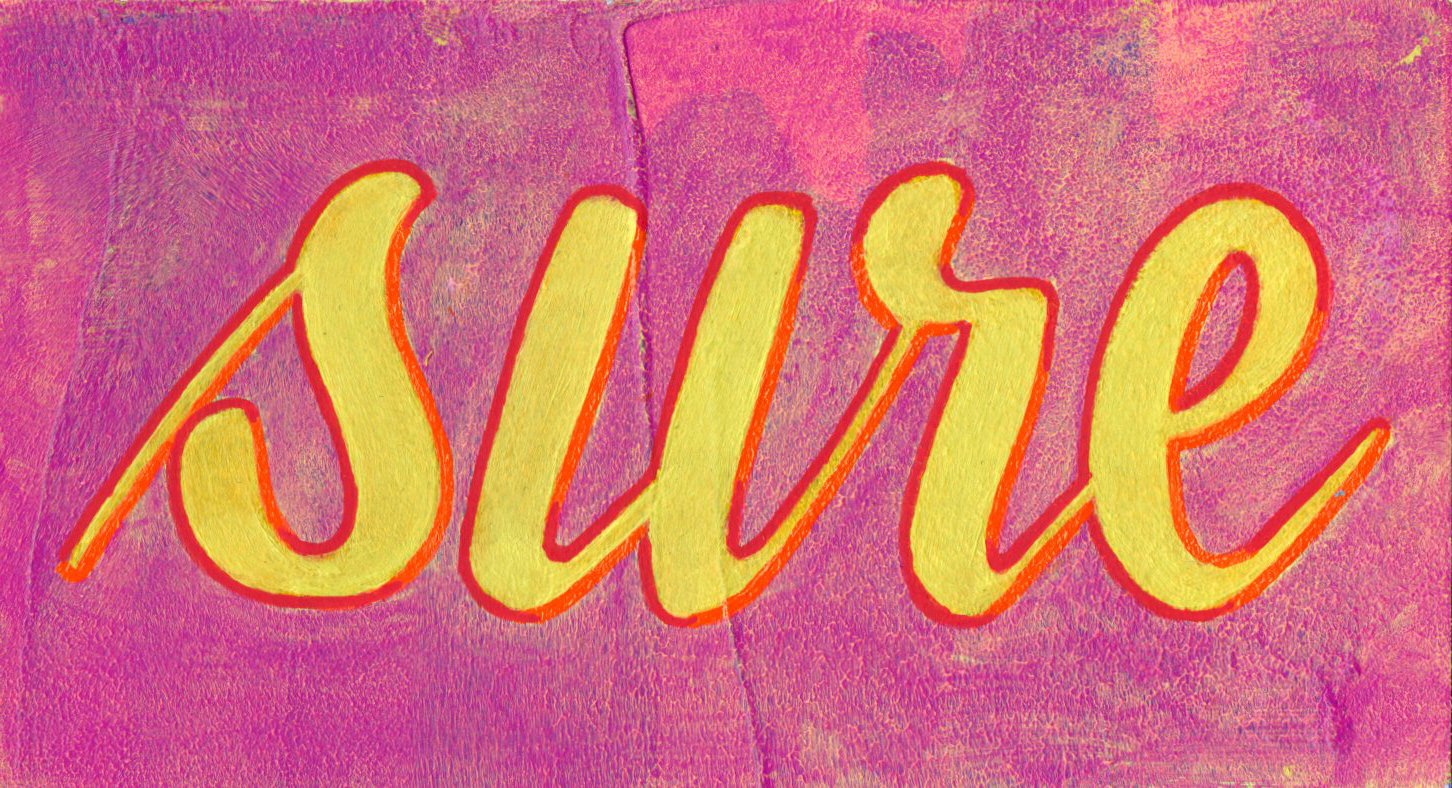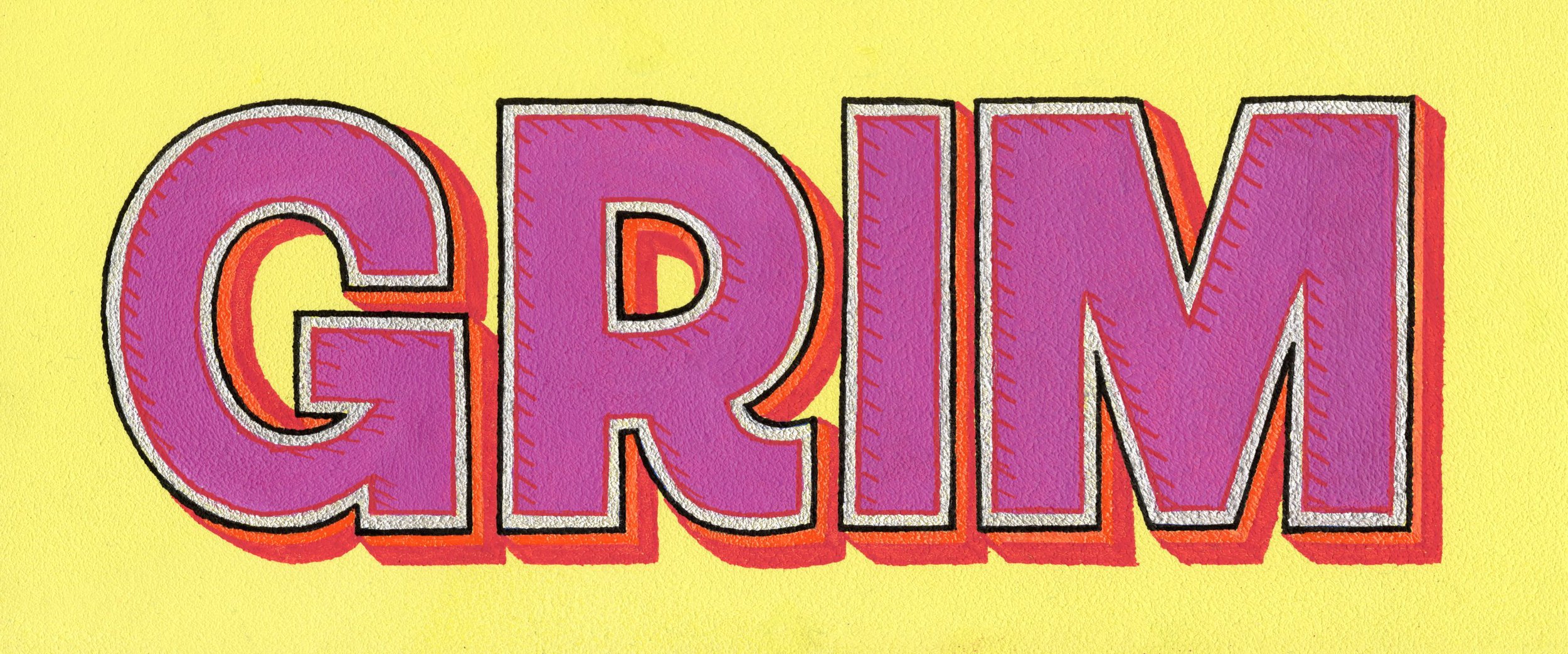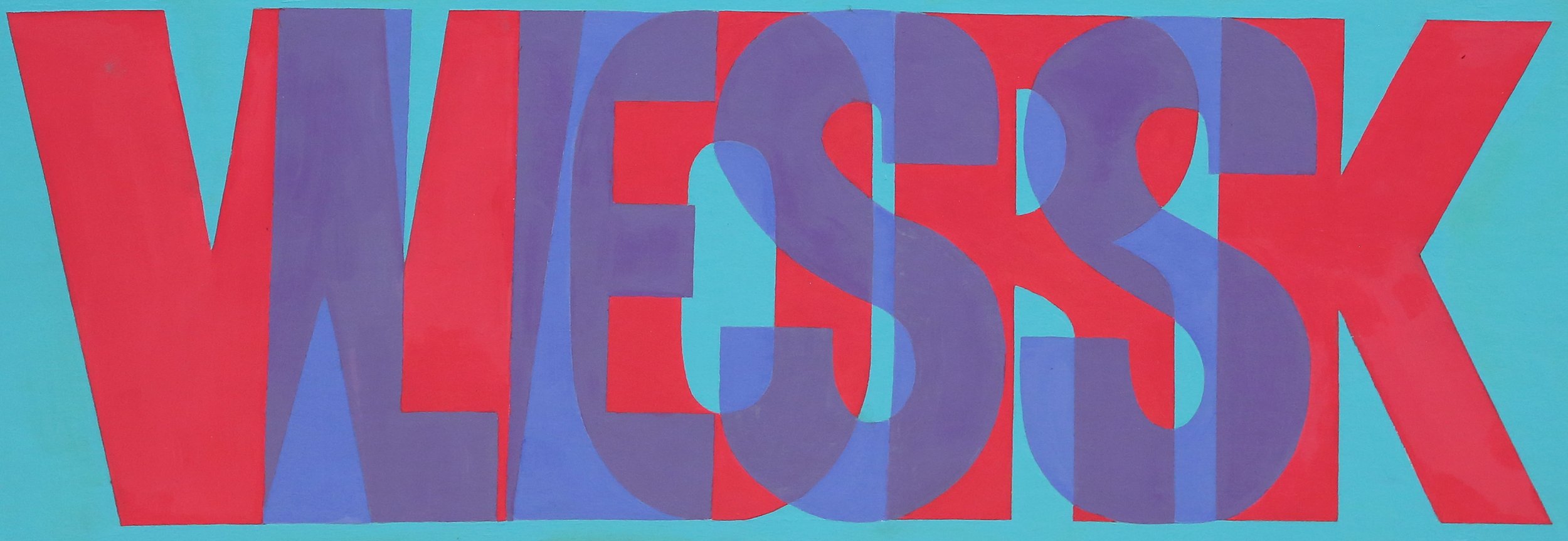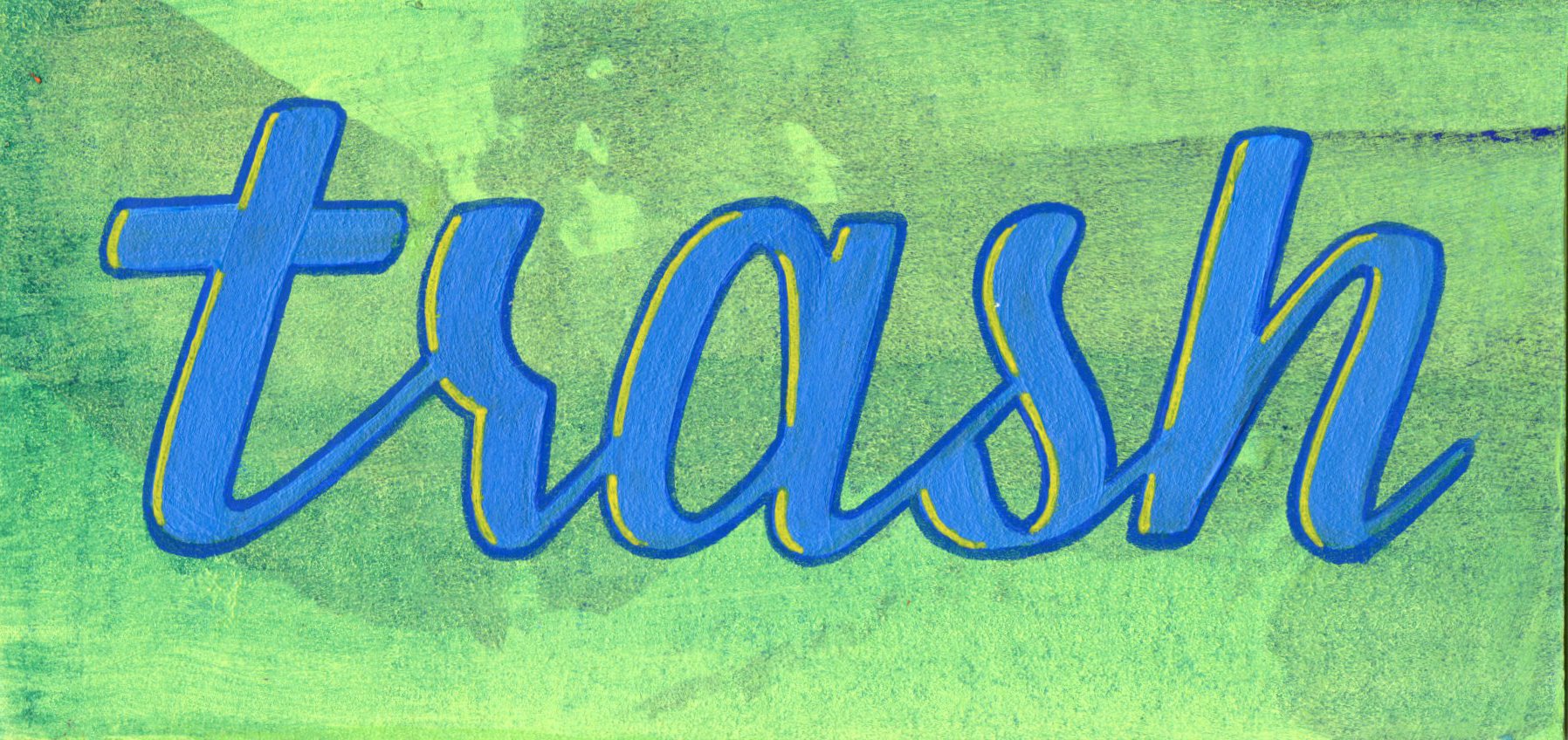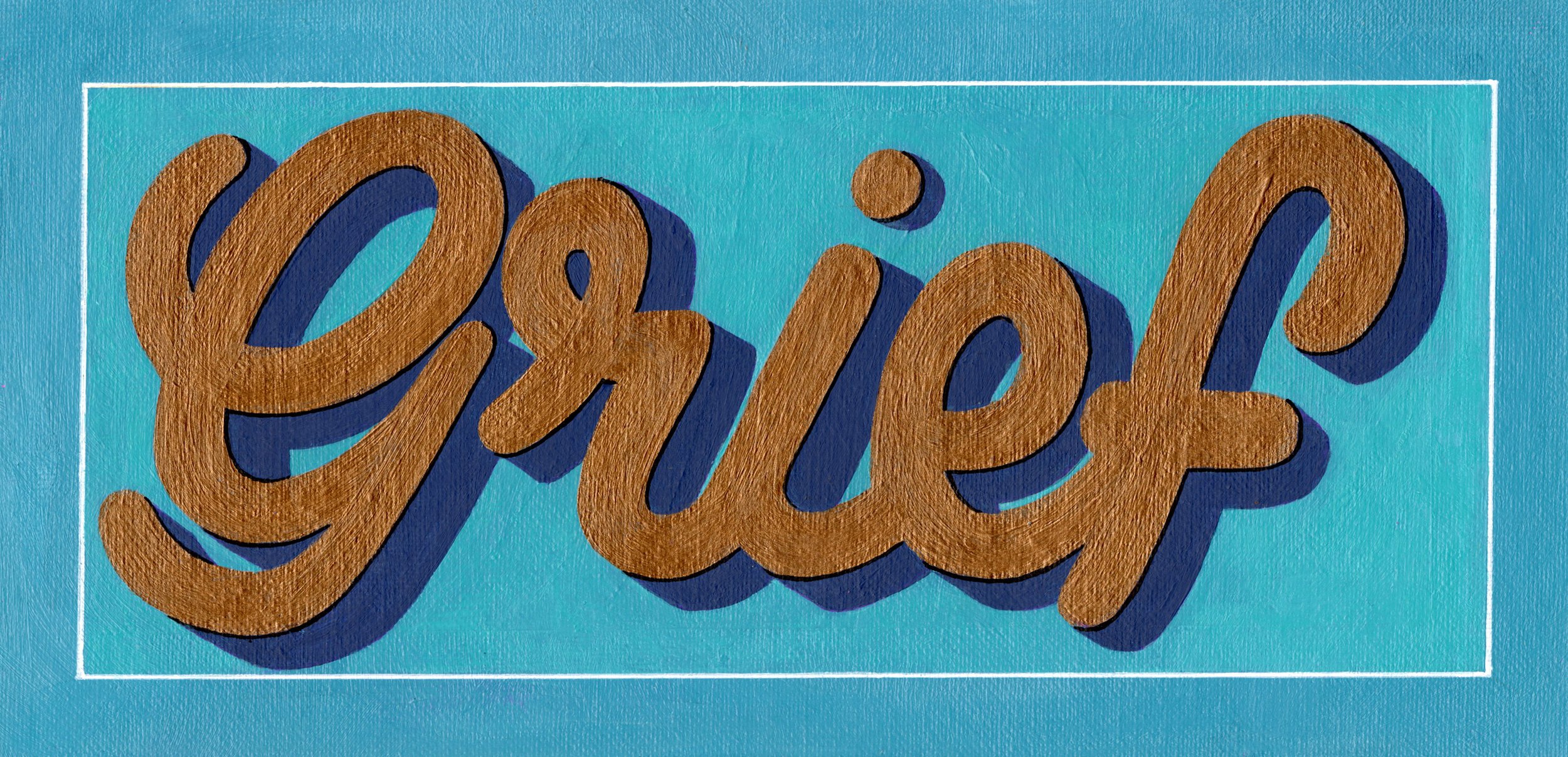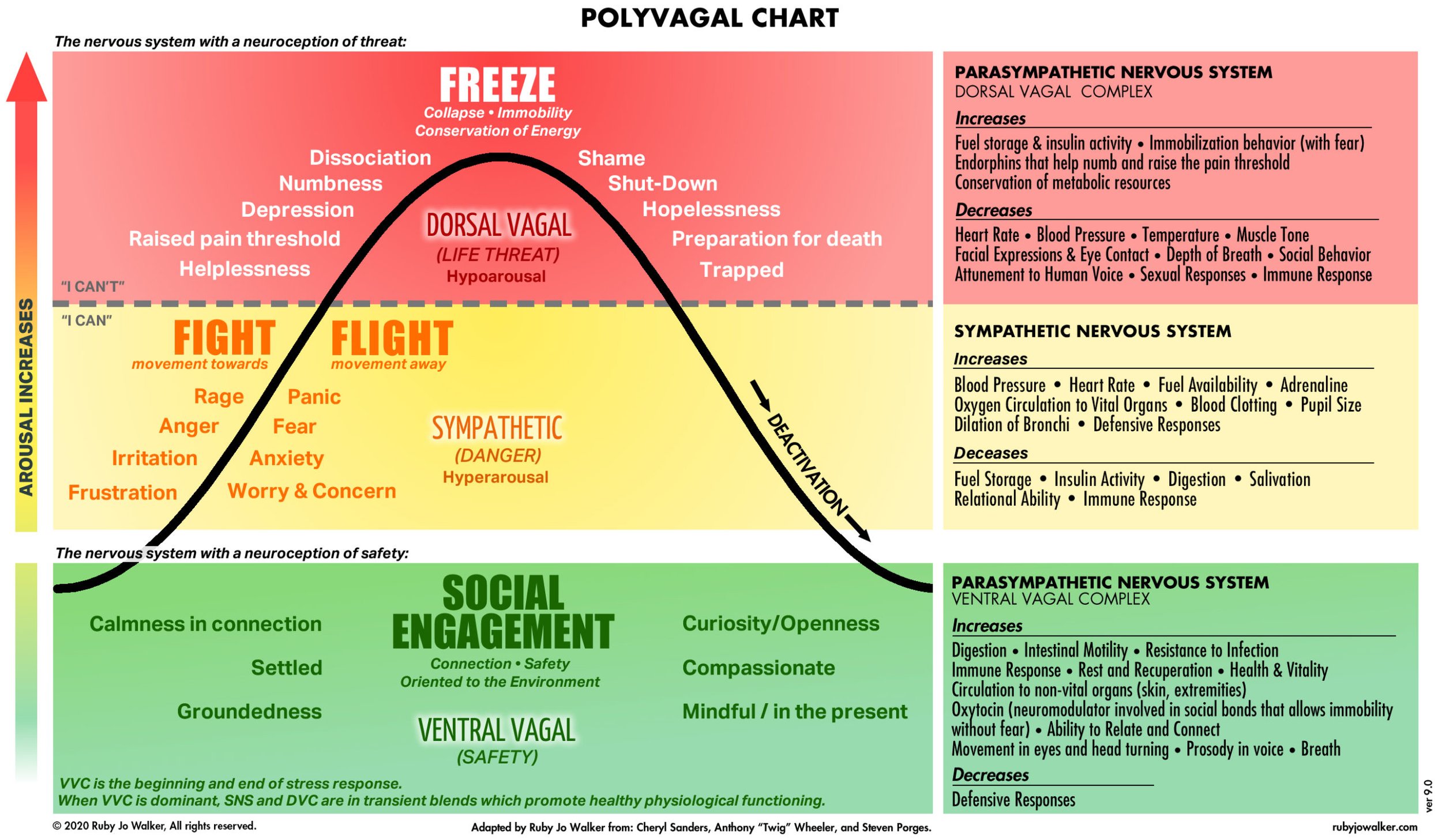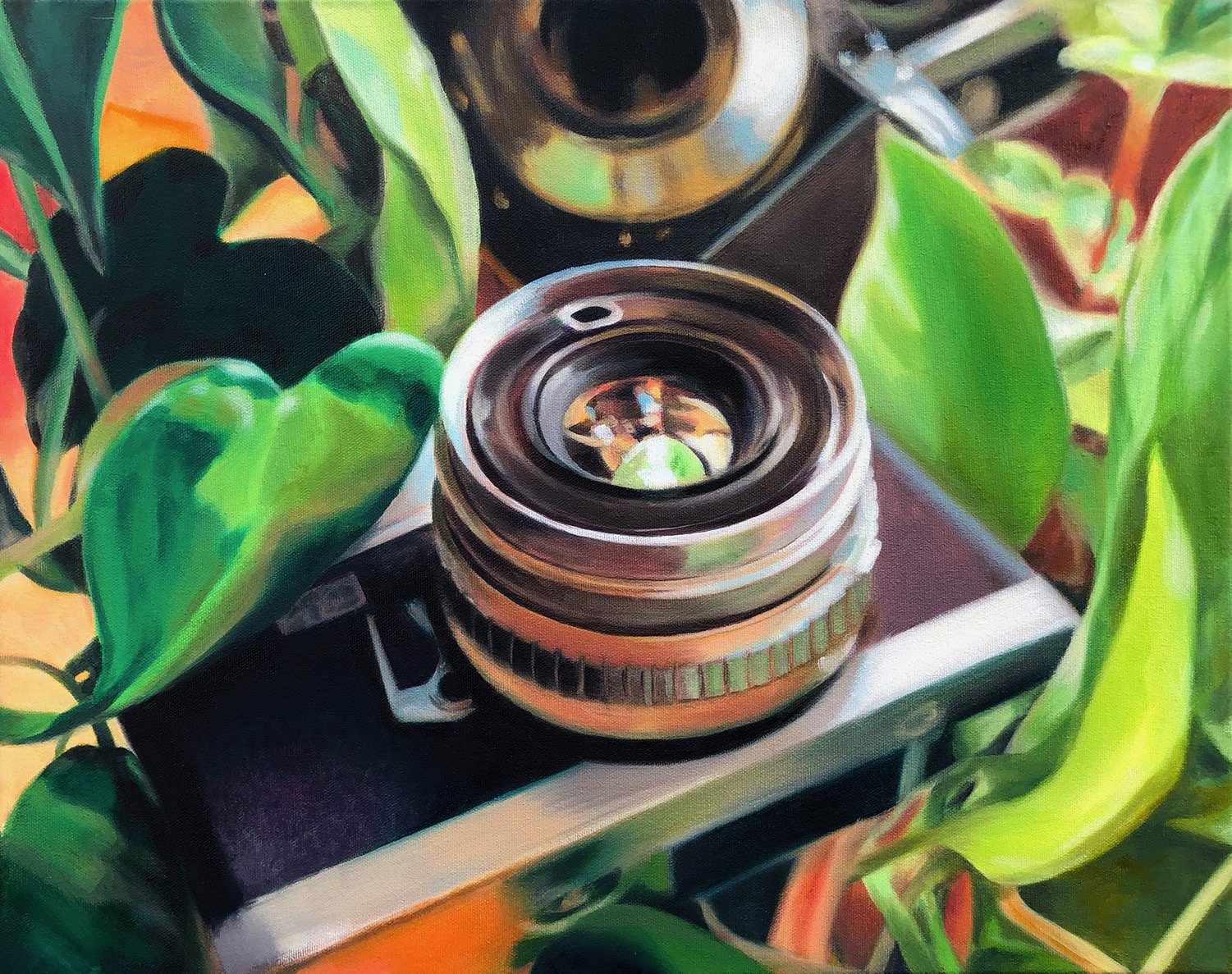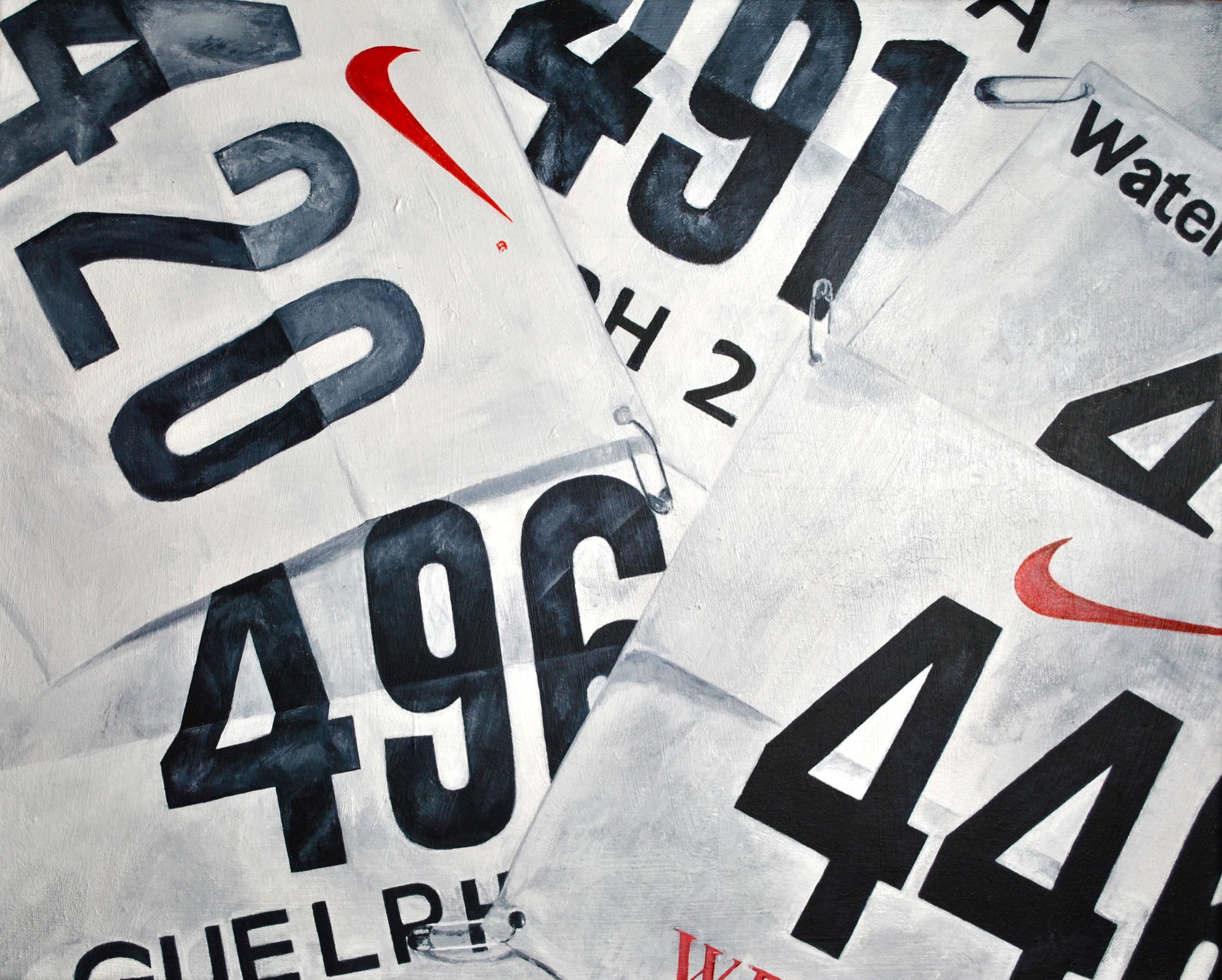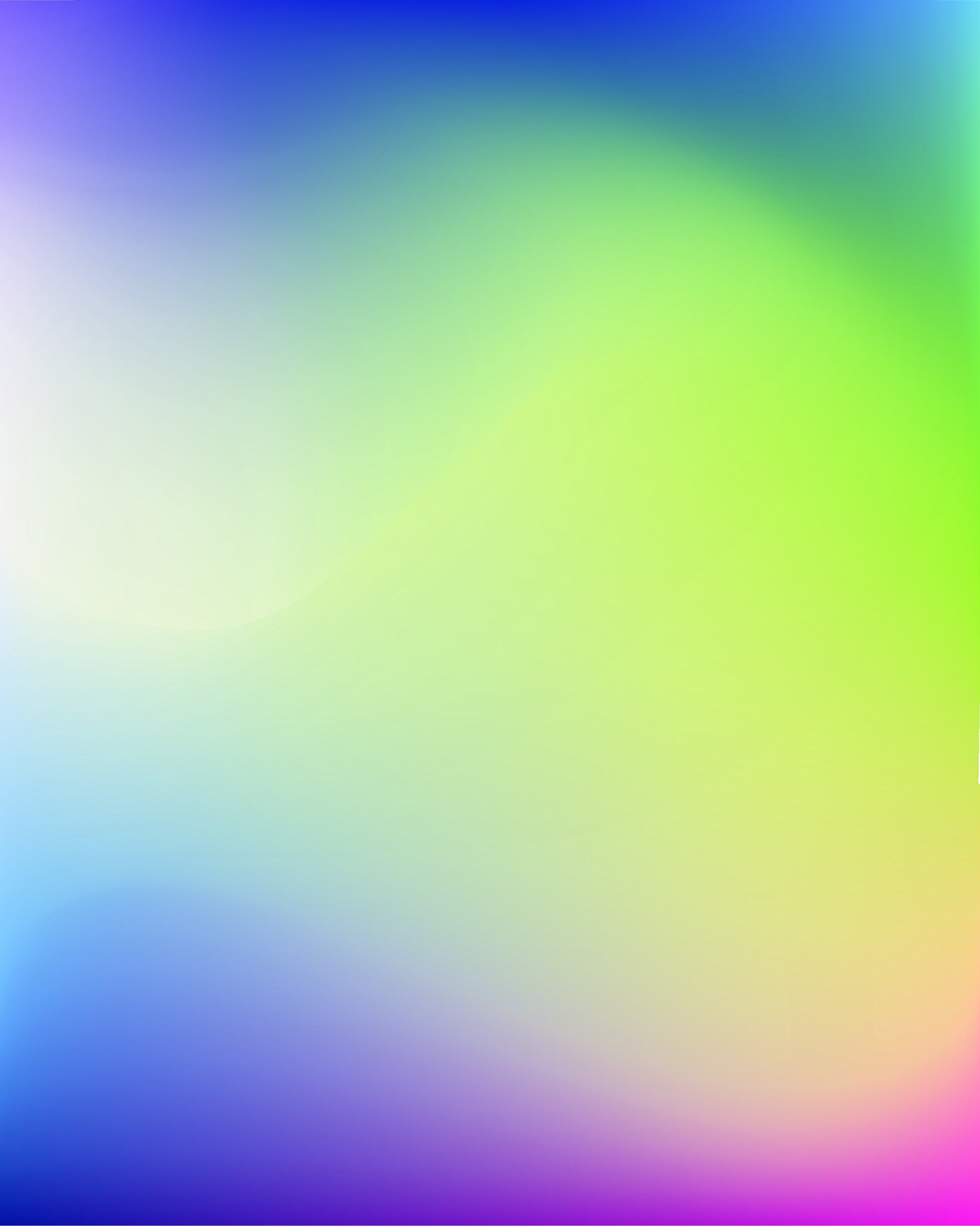
Everything I’ve made
Oil paintings, illustrations, stationery, murals…
Lettering
Lettering
Hand painted signs and digitally rendered pieces
BEER LABELS
BEER LABELS
Digitally designed illustrations and lettering for limited release.



OIL PAINTINGS
OIL PAINTINGS
One-of-a-kind labours of love
Science-informed artwork
Renewal // Oil on panel // 8” diameter // When I read Ingrid Fetell Lee‘s book "Joyful: The Surprising Power of Ordinary Things to Create Extraordinary Happiness", my skull exploded. It was what really fuelled my Personal Protective Visuals (PPV) project! RENEWAL: “Some of life’s greatest joys are fleeting, like the delight of watching the cherry blossoms flower in spring, the falling of snow, or the brief season of a favourite fruit. Joy isn’t a constant state, but one that ebbs and flows over time. Yet joy’s cyclical nature can sometimes get lost in the solidity and stasis of the manmade world. We can restore a dynamic quality to the built environment by incorporating aesthetics of renewal: blossoming shapes (flowers and flower-like forms), spirals, and S-curves that suggest expansion, potential, and growth.” - Ingrid Fetell Lee, from the blog at aestheticsofjoy.com
Insula // 30” diameter // Oil on panel // The insula (or insular cortex) is a thin ribbon of grey matter tissue that lies just deep to the lateral brain surface, separating the temporal lobe from the inferior parietal cortex. It plays a role in a variety of homeostatic functions related to basic survival needs, such as taste, visceral sensation, and autonomic control. The insula controls autonomic functions through the regulation of the sympathetic and parasympathetic systems. It has a role in regulating the immune system. Annie Murphy Paul‘s book The Extended Mind was on my list for my Personal Protective Visuals (PPV) project since the very beginning, and it’s ✨brilliant✨ 🧠🦄🧘🏻♀️ I love this piece because it evolved 30+ times, and choosing to push the deep, translucent reds, as well as the opaque turquoise highlights, was very deliberate and took many many many many layers.
*SOLD* // Inflammation // 8" diameter // Oil on panel // Ever looked into how inflammation affects the human body? Spoiler: it's grim Wait, okay okay okay, there's hope. Because we know more about telomeres! And by "we" I do, of course, mean "much smarter people than myself" know more about telomeres! The shoelace ends on DNA strands! To learn much more about them, in a way that's not grossly oversimplified, read "The Telomere Effect". A Nobel Prize was awarded for this work, if that sweetens the deal.
*SOLD* // Neuroception // 8" diameter // Oil on panel // Conceived by Dr Stephen Porges, neuroception describes the body scanning our environment for cues of safety or danger. It is constantly ticking below our subconscious, although you are likely to be aware of the physiological responses it causes. Did you know stock traders who have higher levels of neuroception make more money by a factor of 27%? Being aware of your heart rate, your body’s comfort level, and taking mindful cues from your body will help you make better decisions. Wild, right? “Body scans” are mental breaks you can take on, as a great practice (how do your toes feel, ankles, calves, knees….) to work on increasing your daily mindfulness and consequently, your neuroception! This piece started far "cooler" in colour temperature, before having more red added/deepened. It needed more depth, more deep-tissue, meaty, bloody bits. Inner-self for humans is often a bit more "red-forward" a location, right? p.s. these other photos are moments dripping in appreciation of being alive, where I often find myself pausing to take in the sheer majesty/absurdity of being human.
*SOLD* // Dopamine // 8" diameter // Oil on panel // What does dopamine do? How can a single, simple chemical be involved in such diverse processes as: 🏃🏻♀️ movement (and its disruption in Parkinson disease) 👀 attention (disrupted in attention deficit hyperactivity disorder (ADHD)) 🧠 cognition (disrupted in schizophrenia) and 🚂 motivation? This piece was inspired by dopamine and prediction error theory. Our brains don't love surprises. We love knowing what's about to happen, and our brains spend all day predicting how much energy things *will likely cost*. Allostasis is the ongoing regulation of our bodies, that requires anticipating needs and preparing to satisfy them before they arise (as opposed to homeostasis, in which the goal is a steady state). We get a lil boost of dopamine when we predict correctly, or can restore any disruption to allostasis! 🌟 This piece looks "like a flower", it's got organic lines, an array of colours, central lines. This is not a flower. This is a type of tropical plant similar to a succulent, that has been altered digitally. In challenging our minds, and changing perspectives, we create new connections that help us think more creatively in the future.
Bouba (paired "Kiki") // 30" diameter // Oil on panel // These two have some real nerdy concepts behind them, so buckle up (or scroll right on by). 🏎️🤓💨 I have been on a quest to find a magic formula for visuals that make all human beings to feel better. Broad strokes, generalizations, and then being audacious enough to also push for specifics. Human minds are, of course, still being studied, and with new technology comes the disparaging of previous research. One of the earlier studies that really caught my attention was first done in 1929 by Wolfgang Köhler, and further studied by V. S. Ramachandran and Edward Hubbard (Ramachandran and Hubbard, 2001) which produced the Bouba-Kiki Effect. Given the image of nonsense shapes (one being a pointy, angular shape and one being a soft, blobby shape) and asked which one of these totally made-up images would be assigned the title of “kiki” and the other, “bouba”. This question was posed to countries all over the world, to multi-lingual adults and also to two-year-olds who hadn’t yet learned language patterns and didn’t speak English. The results found that 98% of people agreed that “bouba” was assigned to the bulbous shape, and “kiki” to the sharper, star-like figure. “Regardless of language, culture, or alphabet, within seconds of being shown the nonsense symbols, the human hearing centers identify the word “kiki” as having a sharp inflection, that the word “bouba” as being softer and more rounded.” (Emotional Agility, Susan David). Round shapes are soothing and non-threatening and angular shapes are often associated with dangerous obstacles. Our childhoods are full of bright colours, soft edges, and padded textiles -- but we grow up, and are able to navigate angles in a less life-threatening way.
*SOLD* Co-regulation // 8" diameter // Oil on panel // "Your Brain Secretly Works With Other Brains" AKA Lesson no. 5, in Seven and a Half Lessons About the Brain by Lisa Feldman Barrett Changes in one person’s body often prompt changes in another person’s body. Regulating your body's energy budget is your brain's only job (your brain is not for thinking, y'all!🤯). Breathing rhythms, hormone levels, sleep patterns... other humans can disrupt or enhance yours! WILD! The best thing for your body is another person. The worst thing for your body is another person. One study had strangers pedal bicycles in either synchronous or asynchronous rhythms while discussing personal events and then rated how intimate they felt. Results showed that key aspects of intimacy were associated with synchrony or were higher following synchronized versus unsynchronized interactions, suggesting that synchrony serves as a nonverbal mechanism that promotes closeness in intimate situations. WILD! 🚲
*SOLD* // Surface // 16x20" Oil on canvas // This piece was inspired by *surprise* a greenhouse in Mexico City. This piece was also meant to be a cover-up for a canvas that, for whatever reason, remained in the perpetual "underpainting" phase. I could never happily settle on a design for this (in no way special or wonky or "deserving of this uncertainty") canvas. I wanted to cover it up like these wild, winding vines seemed to do, on a vinyl-siding covered greenhouse wall. The ease in which these vines fully engulfed the industrial material was awe-inspiring. The sturdy arterial stems looked like the outlet of a "we'll get it it later" computer setup in dire need of cable management*. This piece was also started as my perfect birthday activity on my 29th birthday. To be left alone with some fancy beers, comfort viewing TV, and some oils. I figured (mostly based on my socialization as a child born in the 90's, and being victimized by the romcoms/coming of age movies of this era) that this might be my "last hurrah" birthday. I wanted to curate my Perfect Party**. A party I didn't have to abandon in a Classic Amber "Irish Goodnight" fashion. Yes, I am a RIOT. This was a cover-up piece. This was a deep and delicious "dripping with juicy nectar" fruity palette. This was an idyllic place that I created. And I love it. 🌿🌿🧱🌿🌿 *OKAY SO to even compare these plants to a mere mortal computer desk is also incredibly offensive, and I am embarrassed to have diminished them to this laymen level. **A Perfect Party, not unlike Tom and Jean-Ralphio's "Party For The End Of The World" episode, and since I had just made "Darkest Timeline" I was clearly on a very problematic, apocalyptic vibe?
Granularity // 16x20” // Oil on canvas // Language plays an important role in how humans are able to process emotions. Specificity, granularity and precision -- these are determining factors in emotional balance. Differentiating between similar emotions and using accurate language can fast-track our ability to move through them. Are you sad? Frustrated? Disappointed? Is this painting green? Grey? White? Being granular about emotional identification is a superpower, and one that can be practiced every day!
*SOLD* Ventral // 36x46” // Oil on canvas // I wanted some more Pantone very peri in my life! Also did you know that emotions can change your temperature?? Ever heard of an emotional fever? 🧠 The existence of emotional hyperthermia (HYPERthermia = 🥵 and HYPOthermia = 🥶) in humans has been officially proven! The science also proves that the rise in temperature is directly caused by the feeling rather than a metabolic reaction to stress in the body (there’s some very dry articles I will be linking to this later on, but suffice it to say, that the scientists knew which systems to measure to determine this differentiation). Okay and how about the diving reflex? 🧠 Do you remember the scene in Brooklyn 99 when Terry is trying to help Amy quit smoking and quash her smoke cravings, and tells her to submerge her face in ice water? 🧊This is a literal scientific study, especially in eating disorders (Terry used it to crush his over-eating cravings!)🧊 Not unlike ICY HOT®, this painting delivers the best of both ends of the thermometer 🌡 (Honestly, I haven’t confirmed the title yet so for now the placeholder name is “ICY HOT®“…) 36x46” Oil on canvas Available now (well… it will be when I finish up the edges)
Botanico // Oil on canvas // 42.5x59” // This is the largest piece I’ve ever done. I wasn’t expecting to like it, it was just raw canvas stapled to my studio wall. This was a piece I worked on during the college strike (remember that? Yeah it sucked). Every year on the “deaddadiversary” I take a trip and get out and get overstimulated. Mainly because it falls on the same weekend as Father’s Day (adding insult to injury, Universe, huh?) and I didn’t want to serve happy families at my restaurant/service jobs. The original reference photo for this piece was taken in the botanical gardens at the university of Mexico City, a city in which my best friend in the world lives. Of course I modified the colours, and took long mindful brushstrokes around the pink outlines. Time gets warped by grief. Sometimes you’re shot into the future without realizing. Other times you’ve spent the afternoon in the past. Sometimes when you’re laying awake it seems like that moment lasts for a decade. Staring at the outline of this plant and following its contours felt mindful, and kept me in the present. Did I crack meditation? Talk about the tough stuff. Nothing helps, but it kind of helps. - Work is ready to hang - Work is designed to challenge audience's perception of what's in front of them, and bring their subconscious mind into play - Work is inspired by the succulents and tropical plants found in botanical gardens in Mexico City - Work is hoping to initiate the Relaxation Response and offer cognitive benefits to viewers
*SOLD* Focus // 16x20" // Oil on canvas // 🧑🏻🚀🌌 This was done as part of my "Perception" series (aka dripping with bummersville vibes). Yes, it is still a painting of a (scientifically-proven, brain-healing) plant, but its palette has been deliberately chosen. D'you ever remember specific scenes from childhood TV? How about their colour palettes? No? Just me? Okay well we'll circle back to that... When you've experienced something objectively awful, it can seem like you've been launched onto a completely different planet from the familiar one that you (maybe) took for granted and the one that your friends and coworkers seem to still be living on. Now, you're on Planet Loss. Your peers and coworkers are still carrying about on Earth, but oh boy, you definitely don't care about picking up shifts or any other daily Earth tasks. Nope. You're on a new planet and the idea of .. picking up a shift feels like it's literally lightyears away from being something remotely possible/interesting/relevant. So... okay, I always pictured Planet Loss as Pluto, from The Magic School Bus episode "Lost In Space". Wanda (who's driving the bus, because we all know they're searching the solar system for Ms. Frizzle and Liz...) exclaims, "Pluto is cold and dark, alright!" while they approach and land on its blue, cold surface. (Slide no. 2) June 17th, 2015, I lost my dad. Is it a bit of a cosmic joke that Father's Day had to fall a few days after? Mmm, yes. Today marks another year without him on Earth. This year I don't have it in me to be on my usual Dead-dad-iversarry trip, because there's still this global, planetary virus that's super contagious... All this to say, it's not a regular Earthling Friday for me. Eventually, I'll come back down to Earth, but I'm going to focus on where I'm at today. Focus, for me, is reeeaaaally tough when I'm In It, or on Planet Loss. But I'm going to try to focus on the good things, the tasty things, the warm + fuzzy things. If you're In It, in The DD Club (slide no. 8), or on Planet Loss, I hope you can try to focus on the good things, too.
Greenery // 16x20" // Oil on canvas // If you've just arrived to my corner of the internet, I paint plants but I do so without using much green. This piece was my *actively* trying to use more green. But the whole concept behind my work is to abstract those colours so that the piece challenges your brain to find other patterns, shapes, and images within it! Limiting beliefs! Annihilated! This piece was done in 2019, but my 2021 PPV* research has confirmed my original question, that if I were to change the colours of "familiar" objects (plants) would that force the brain to change its baseline perception of plants? Would you be able to see other things within a "familiar" object? A new concept in neurobiology known as degeneracy shows that neurons don’t have single "set functions", and that they can, in fact, adapt and alter those functions. So to grossly oversimplify: “seeing nerurons” can become “smelling neurons” in recently-blinded humans! Increased degeneracy has been found in more complex minds**, and complex minds have been shown to recover quicker from trauma. Resiliency! Plants without greeeeeeen! 🍃 🚫 🟢 *Personal Protective Visuals (PPV) a grant project supported by @ontarioartscouncil and @canada.council 🙏🏻 **A note from Lesson no. 2, “Your Brain Is a Network,” in Seven and a Half Lessons About the Brain by Lisa Feldman Barrett. Complexity, by way of a “complex mind” refers to a system with higher or lower complexity depending on how much information it can manage by reconfiguring itself.
*SOLD* // Emotionally Vague // 10x10” // Oil on canvas // Colours inspired by Orlagh O’Brien’s study results for the emotion of joy. “Can people describe their visceral feelings of emotion visually, and if so, would any patterns arise? In order to answer this, I had to develop some way of asking people to reflect on and describe their private feelings in a simple, repeatable manner, the results of which could be correlated visually and demographically. By gathering concepts of feeling by word, colour and line and creating visual languages for anger, joy, fear, sadness and love - a kind of democratic visual language is created - a backwards-brand.” - Orlagh O’Brien
Kiki // 16x20” // Oil on canvas // I have been on a quest to find a magic formula for all human beings to feel better. Broad strokes, generalizations, and then being audacious enough to also push for specifics. Human minds are, of course, still being studied, and with new technology comes the disparaging of previous research. One of the earlier studies that really caught my attention was first done in 1929 by Wolfgang Köhler, and further studied by V. S. Ramachandran and Edward Hubbard (Ramachandran and Hubbard, 2001) which produced the Bouba-Kiki Effect. Given the image, above, and asked which shape would be assigned the title of “kiki” and the other, “bouba”. This question was posed to countries all over the world, to multi-lingual adults and also to two-year-olds who hadn’t yet learned language patterns and didn’t speak English. The results found that 98% of people agreed that “bouba” was assigned to the bulbous shape, and “kiki” to the sharper, star-like figure. “Regardless of language, culture, or alphabet, within seconds of being shown the nonsense symbols, the human hearing centers identify the word “kiki” as having a sharp inflection, that the word “bouba” as being softer and more rounded.” (Emotional Agility, Susan David). Human brains like sensory associations, which is why we delight in metaphors. We don’t experience thoughts neutrally — thoughts are visual, idiosyncratic, with judgments/inferences, and actions. This way of sensory blending (like using the term “that’s a sharp cheese” to define the hunk of cheddar you’re enjoying, knowing it won’t slice your finger open) has also opened the research up to how language can illicit feelings, as well. If someone sent you a text asking “did you leave the stove on?”, or even reading that in your mind, might actually get your heart rate to spike. We have a tendency to dismiss “woo woo” affirmations, but that felt stress from “did you leave your stove on?” proves how powerful words can be to our nervous system. This was ground-breaking for the understanding of sound-vision synaesthesia. This also opened the door for further examination of the angular gyrus, an area of the brain that sits at the crossroads of touch, vision and hearing. Bouba and kiki were just the beginning, and with the advancement of neurobiology now there is research into how neurons function together. A new concept known as degeneracy shows that neurons don’t have single set functions, and that many different sets of neurons can produce the same behavior or function. I know, that term “degenerate” (or “degen”) has only ever been casually used to describe someone who’s been deteriorating in all categories: morally, mentally, physically… you get it. This scientific term, though, has been discovered thanks to the newer technological advancements in the field. Increased degeneracy has been found in more complex minds, and complex minds have been shown to recover quicker from trauma - a more complex mind can reconfigure itself! Resiliency! Neurons can do a great many things depending on how a human has developed! Neat!
Green Space // 12x24” // oil on canvas // Nature nurtures, indoors and outdoors alike. Biophilia is the term coined by the Harvard naturalist Dr. Edward O. Wilson to describe what he saw as humanity’s “innate tendency to focus on life and lifelike processes,” and to be drawn toward nature, to feel an affinity for it, a love, a craving.— Natalie Angier. Our brains have developed to seek out natural spaces, because of the beneficial mental rewards they bring. Positive psychology had previously been thought to be the absence of negative thoughts, but now there is an entire field dedicated to the study of positive mental patterns. While downward spirals are subtractive to our allostatic energy budgets, upward spirals compound and bring with them more beneficial thoughts, actions, and emotions. People living near green spaces are also more likely to exercise, and be physically active. That would also support the upward spiral theory, that one beneficial step for our mental health often compounds and produces more energy, and motivation for more healthy actions throughout the day.
Relief // 15x30" // Oil on canvas //
Retrospect // 24x36" // Oil on canvas //
Biophilia // 16 x 20” // Oil on canvas // Biophilia literally means love of life; Harvard biologist E.O. Wilson describes biophilia as the innate human need to affiliate with life. Biophilic experiences can reduce stress, improve cognitive function, and enhance mood and creativity. These and other outcomes can increase health and wellbeing, as well as productivity. - Work is ready to hang - Work is designed to challenge audience's perception of what's in front of them, and bring their subconscious mind into play - Work is inspired by the succulents and tropical plants found in botanical gardens in Mexico City - Work is hoping to initiate the Relaxation Response and offer cognitive benefits to viewers
Familiarity // 11x14” // Oil on canvas // Our brains rely on familiar patterns to keep us alive (home base, routes to food, shapes and colours, etc) but did you know that your brain will actually favour familiarity over safety?Familiar pain is often chosen over safety in an unknown setting! Patterns and environments with which we’re comfortable help to shape how we see the world. Think about your adorable Comfort Zone! Have you questioned any of these comfortable and familiar beliefs lately? Lisa Feldman Barrett talks about how familiarity (and essentialism) are actually impeding scientific research: “Essentialism is the belief that familiar categories — dogs and cats, space and time, emotions and thoughts — each have an underlying essence that makes them what they are. The belief in these essences, and the search for them in nature, is a giant misdirection that hampers scientific progress. In [the] fields of psychology and neuroscience, essentialism is still widespread. A well-known example is the search for areas in the human brain that are dedicated to each emotion. Originally, scientists assumed that each emotion lived in a specific brain region (e.g., that fear occurs in the amygdala). There’s now plenty of evidence, however, that each so-called “emotional” brain region increases its activity for many mental functions. The amygdala is not just engaged during fear or even emotion, and sometimes not even in fear.” 🤯🤯🤯 This concept is behind every single one of my “plants, but in other colours” pieces. The recognition of known shapes (plants) combined with brain-boosting saturated colours, force our minds to find new shapes and pathways through these pieces! It’s an Amber Ozols Art signature! Check your familiarity often, friends! Discover new things! Shake up your views!🧠🕵🏻♀️
Night Balance // 10x10" // Oil on canvas //
*SOLD* // Day Balance // 10x10" // Oil on canvas //
*SOLD* // Growth // 16x20" // Oil on canvas //
Darkest Timeline // 30x40" // Oil on canvas // This "let's start 2021 off with a fun one" painting developed under the glow of my TV, oscillating between the broadcast of the Capitol being overrun and my re-binge-watching of Scandal and it all seemed just a little too Sliding Doors-y for my taste... January! A million viral waves ago! 6 seasons of Scandal to complete (~100 hours)
Temperature // 24x30" // Oil on canvas //
Perception 1 // 30x40" // Oil on canvas //
*SOLD* // Perception 2 // 24x30" // Oil on canvas //
Lenses // 16x20" // Oil on canvas //
Warmth // 24x30" // Oil on canvas //
*SOLD* // Clarity // 16x20" // Oil on canvas //
Still Ladylike // 24x30" // Acrylic on canvas //
Nationals // 30x40" // Oil on canvas //
Laundry Day // 24x30" // Acrylic on canvas //
Kettlebells // 20x24" // Acrylic on canvas //
Track Numbers // 16x20" // Acrylic on canvas //
Ladylike // 24x30" // Oil on canvas //
STATIONERY
STATIONERY
Paper products for the socially exhausted.















